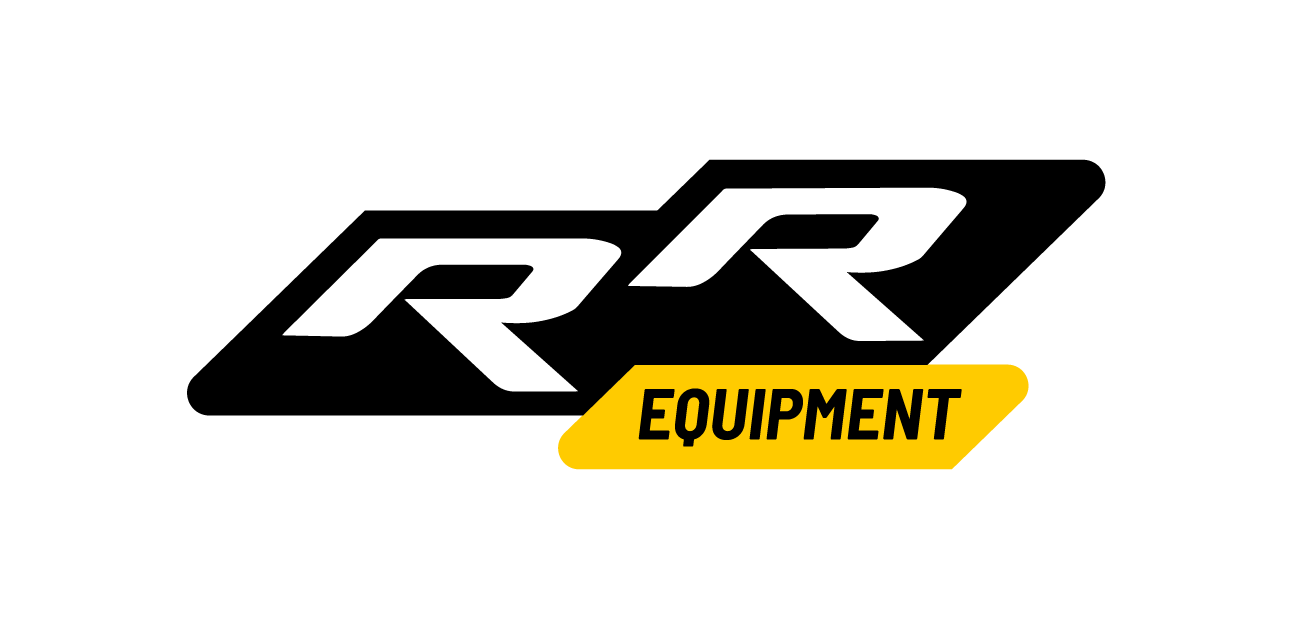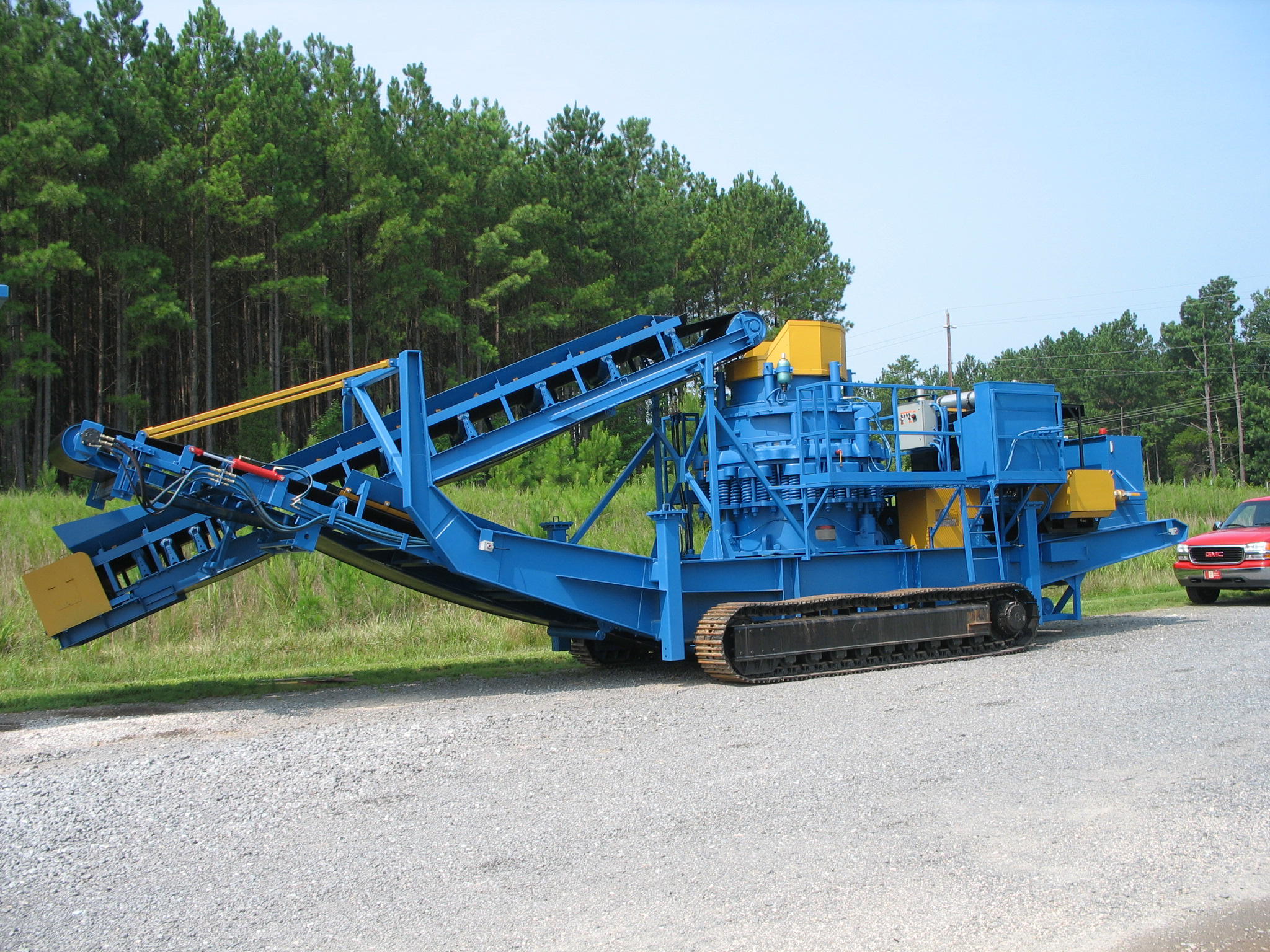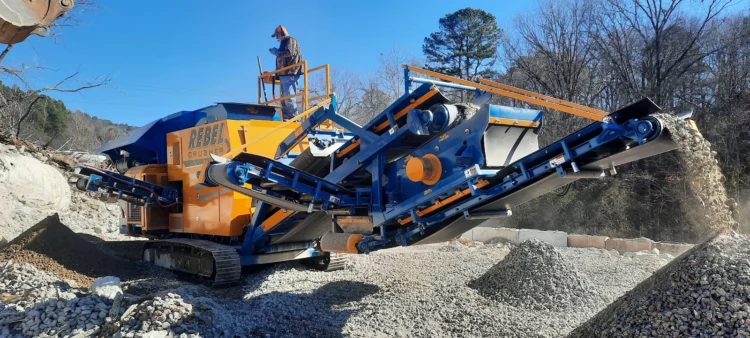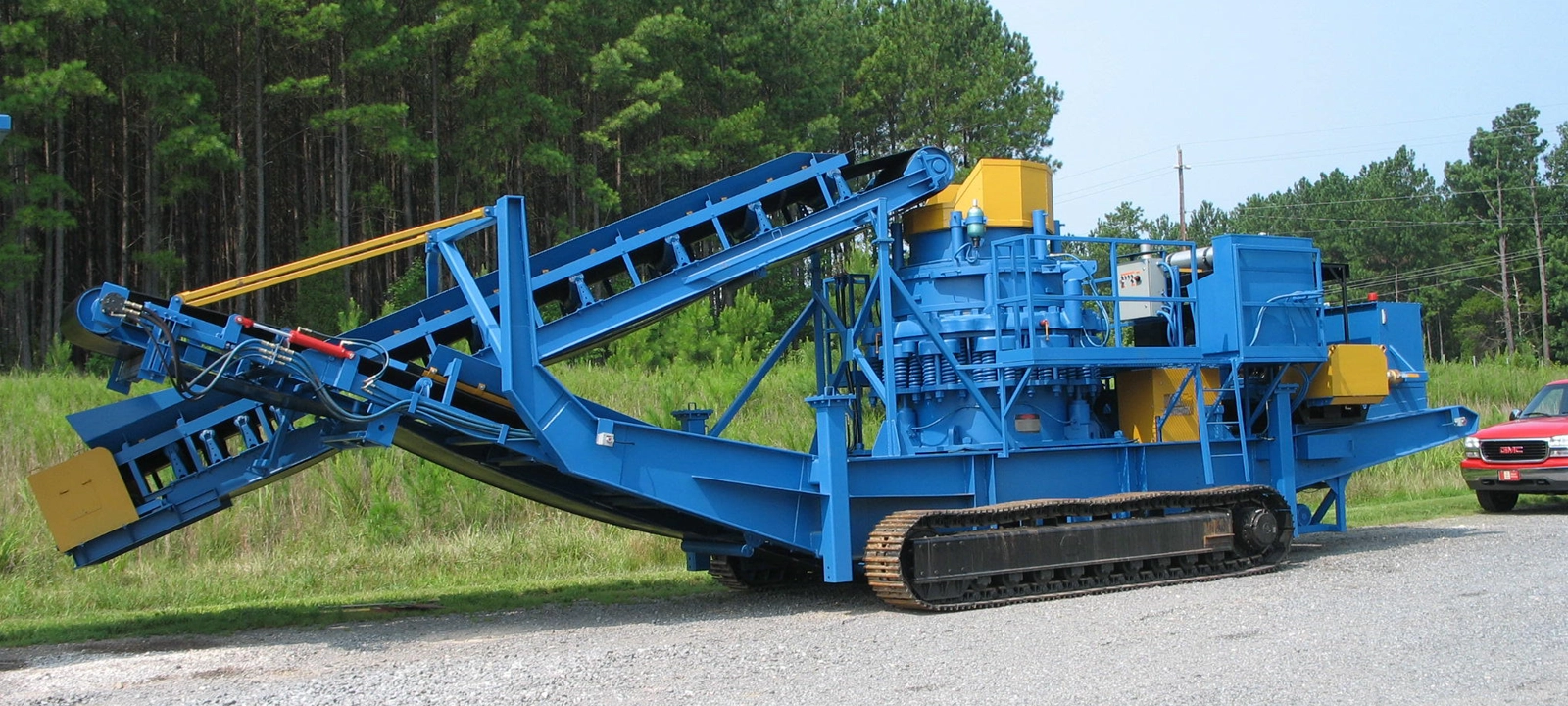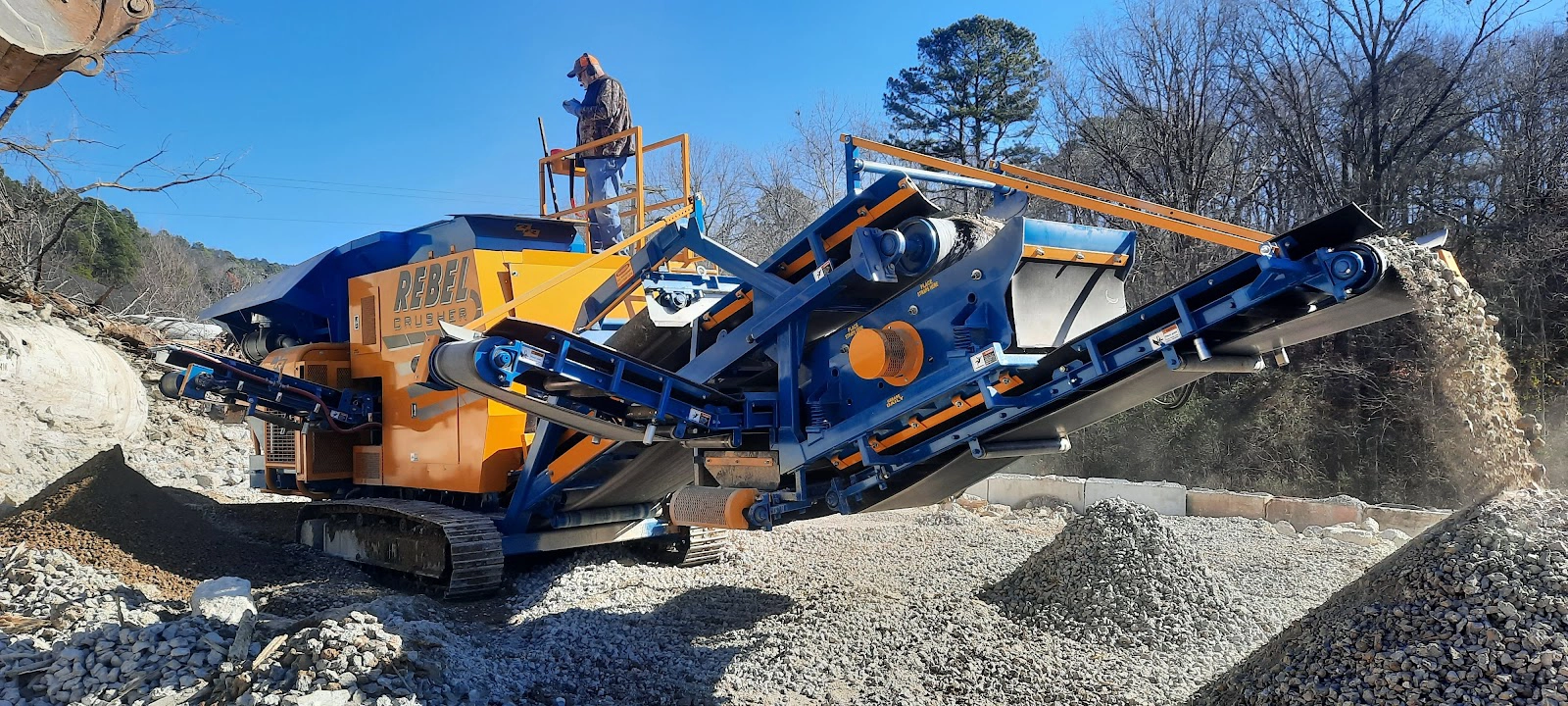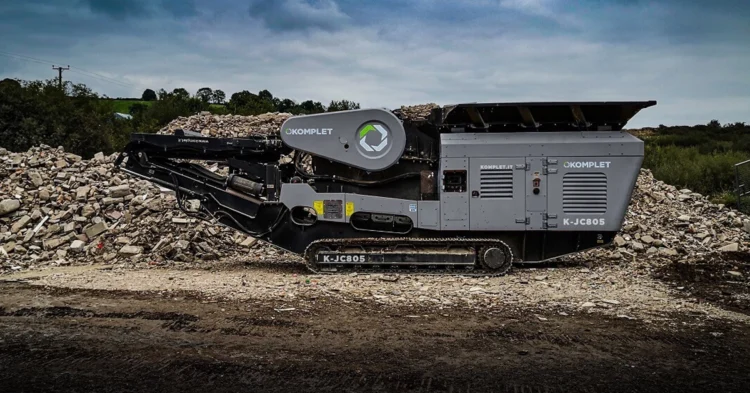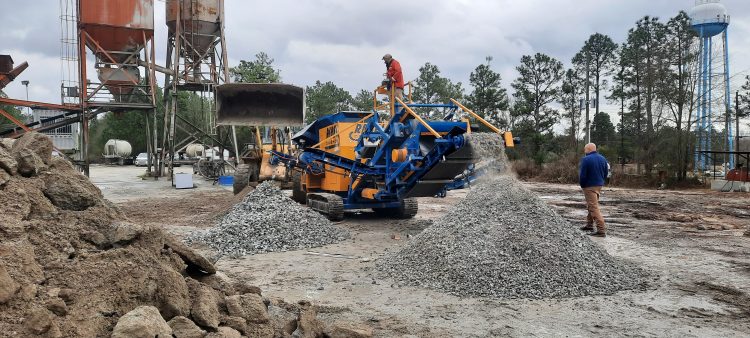If you’re in the crushing business, you already know selecting the right equipment is critical to your operation’s efficiency—and ultimately, your bottom line. Two of the most common options you’re likely to consider are cone crushers and impact crushers. Both are popular for different reasons, and while each has clear advantages, choosing the wrong type can quickly turn your investment into a costly headache.
So how do you decide whether a cone crusher or an impact crusher is the best fit for your specific needs?
In this blog, we’re going to break down exactly what sets these crushers apart. We’ll explain how each one works, highlight their pros and cons, discuss ideal applications, and provide some expert advice to help you confidently select the right crusher for your business.
By the end of this article, you’ll have a clear, practical understanding of both cone and impact crushers—helping you avoid costly mistakes and ensuring you get the best possible return on your investment.
What is a Cone Crusher?
If you’re working with tough, abrasive materials—think granite or basalt—you’ve probably heard that a cone crusher is the way to go. But what exactly makes cone crushers such a popular choice in mining and aggregate industries?
Put simply, a cone crusher is a powerful machine built specifically to handle hard rock applications. While it might not be the cheapest crusher out there (more on that later), it often delivers the best results for tougher jobs—especially if quality and consistency matter.
Cone crushers typically aren’t the first machines used in a crushing operation. Instead, they’re often employed as secondary crushers. Imagine your primary crusher (like a jaw crusher) handling massive boulders and breaking them down into more manageable, football-sized chunks. From there, the cone crusher steps in, taking those pieces and crushing them down even further—into highly marketable, uniformly sized material.
Adding a cone crusher to your crushing operation helps ensure everything runs smoothly and efficiently. Think of it like an assembly line at a busy restaurant—every station has a specific role, making sure no single step gets overloaded. With a cone crusher focused specifically on secondary or tertiary crushing, you’ll consistently produce high-quality aggregates without overworking any single machine.
How a Cone Crusher Works
Cone crushers crush material using compression, squeezing rocks until they break down into smaller pieces. Inside the crusher, you’ll find a spinning cone-shaped piece that’s nestled inside a stationary outer wall. The gap between the cone and this outer wall narrows as you move downward, creating a chamber where the rocks get progressively smaller.
Here’s the simplified breakdown of how it happens:
- Material enters the top of the cone crusher.
- The rotating cone presses the rocks against the fixed outer wall.
- As rocks move through the narrowing chamber, they’re crushed into increasingly smaller pieces.
- Finally, the crushed material exits the bottom as uniform, high-quality aggregates.
Since this crushing method relies on squeezing rather than smashing or exploding, cone crushers are excellent at creating consistently sized material—perfect for secondary and tertiary crushing stages.
Advantages of a Cone Crusher
Cone crushers come with several clear advantages, especially when you’re dealing with harder, abrasive materials. Here’s why many operations swear by them:
- Consistent, High-Quality Output: Cone crushers deliver aggregates that are uniform and high-quality—exactly what you need for applications where consistency counts.
- Energy-Efficient Crushing: Because cone crushers use compression rather than impact force, they’re much more energy-efficient when working with hard rock like granite or basalt. This means lower operational costs in the long run.
- Longer Lifespan and Less Wear: Although cone crushers often have higher upfront costs, their wear parts typically last longer than those of impact crushers. This longer lifespan is partly because cone crushers rely on compression rather than impact force, which puts less immediate stress on internal components. Additionally, when cone crushers are used as a secondary crusher, they experience less overall wear and tear, meaning fewer costly replacements and lower maintenance expenses in the long run.
If you’re working with hard, abrasive materials, a cone crusher isn’t just a good option—it’s often your best bet for delivering consistent results without constantly replacing wear parts.
What is an Impact Crusher?
An impact crusher is exactly what it sounds like—a machine that crushes rocks by smacking them with tremendous force. Unlike cone crushers, which excel with harder materials like granite or basalt, impact crushers are perfect for handling softer materials like limestone or asphalt.
Impact crushers use explosive power instead of compression to shatter rocks, which makes them highly effective when crushing softer materials. They’re especially appealing for businesses looking to create finer materials quickly, efficiently, and—perhaps most importantly—without breaking the bank on initial costs.
Another key advantage: impact crushers are incredibly versatile. They’re commonly used as primary crushers, turning large chunks of material into smaller, more manageable pieces right off the bat. But they can also function as secondary crushers, refining the material even further.
How an Impact Crusher Works
The typical impact crusher—often a horizontal shaft impactor (HSI)—operates using rapid, high-speed collisions. Here’s the simplified breakdown of how it happens:
- Rocks enter the crusher through the feed opening.
- Inside, a horizontal spinning shaft equipped with “blow bars” spins rapidly, striking the incoming rocks at high speed.
- The powerful impact shatters the rocks, throwing them against internal surfaces called “curtains.”
- Upon hitting these curtains, rocks experience further impacts—breaking down even smaller.
- Finally, the crushed material is discharged onto a conveyor belt, ready for use or further processing.
You can even adjust the machine’s settings, such as curtain positioning and rotor speed, to control the final product size. Faster speeds and closer curtains produce finer materials, while lower speeds and wider curtains yield coarser aggregates.
Advantages of an Impact Crusher
Impact crushers offer several distinct advantages that make them ideal in the right situations, especially when dealing with softer rocks or when finer, more cubical aggregates are desired:
- Produces Finer, More Cubical End Products: Impact crushers excel at breaking materials down into finer, consistently shaped particles, making them perfect for applications where the final shape matters—like asphalt or concrete.
- Handles Soft to Medium-Hard Materials Efficiently: When working with softer materials, such as limestone or asphalt, impact crushers offer a higher reduction ratio (often 12:1 or even 15:1). This means you can turn large pieces of soft rock directly into saleable, small-sized material in a single pass, no secondary crusher needed.
- Lower Upfront Cost: Impact crushers typically have lower initial costs compared to cone crushers. While their wear parts might require more frequent replacement (especially with abrasive materials), the lower upfront investment makes them attractive for smaller businesses or those with tighter budgets.
Impact crushers are a great choice if your goal is quickly crushing softer rocks into finer, market-ready products—and saving money on your initial equipment purchase.
What Are the Biggest Differences between Cone Crushers and Impact Crushers?
At this point, you’ve probably got a good idea of how cone crushers and impact crushers work individually. But how do you know which one is right for your business?
Choosing the right crusher isn’t just about price or popularity. Rather, it’s about matching your machine to the materials you’re processing, the results you need, and how efficiently you need or want to get there. Making the wrong choice might mean wasted time, money, and a lot of frustration.
To simplify things, here’s a quick side-by-side comparison:
| Feature | Cone Crusher | Impact Crusher |
|---|---|---|
| Crushing Method | Compression (squeezing) | Impact (high-speed collisions) |
| Ideal Material Hardness | Hard, abrasive (granite, basalt, glass) | Soft to medium-hard (limestone, asphalt) |
| Primary or Secondary? | Usually secondary or tertiary | Can handle primary and secondary crushing |
| Product Shape | Uniform, high-quality aggregates | Finer, cubical shape, more powder produced |
| Wear Part Lifespan | Longer-lasting wear parts | Shorter lifespan; wear parts replaced more often |
| Cost (Initial Investment) | Higher upfront cost | Lower upfront cost |
| Maintenance Requirements | Complex maintenance, costlier wear parts | Easier maintenance, frequent replacements |
| Machine Weight | Heavier 15-50 tons (Bare crusher) | Lighter 10-30 tons(Bare crusher) |
| Machine Price | $200,000 – $600,000 (Bare Crusher) | $150,000 – $450,000 (Bare crusher) |
| Product Size | Avg. Discharge ¾” 20% 100 mesh | Avg. Discharge 1.25” 35% 100 mesh |
| DUST Creation | Avg. Low Dust | Avg. High Dust |
| DUTY Factor | Continuous Severe Duty | Continuous Med-Heavy Duty |
*NOTE: The brand, size, weight and various date in the above chart are based on general information and averages. They are subject to change and interpretation .
Now, let’s break down these differences further.
Crushing Mechanism Comparison
The most significant difference between cone crushers and impact crushers is how they crush rocks.
Cone crushers use a rotating cone inside a fixed outer wall to crush rocks. The rocks are squeezed between these two surfaces, breaking them down gradually into uniform pieces. Think of it like slowly pressing rocks until they break apart, resulting in consistent, high-quality aggregates with fewer fines.
Impact crushers shatter rocks by hitting them at high speeds with rotating bars called “blow bars.” The rapid collisions cause the rocks to fracture instantly, producing finer, cubical aggregates with significantly more powder or fines. Imagine smashing a rock with a hammer; it’s quick, explosive, and creates lots of small pieces.
So, if uniformity matters, compression crushing is your best bet. But if your priority is finer materials produced quickly, impact crushing delivers exactly that.
Ideal Use Cases for Each Crusher
Both cone crushers and impact crushers are incredibly effective—just in different ways and for different applications. Here’s a quick breakdown to help you decide:
- Cone Crushers (Hard Rock Specialists): Cone crushers really shine when working with hard, abrasive materials like granite, basalt, and glass. They’re perfect for mining and quarry operations that need consistent, high-quality, uniform aggregates and minimal powder.
- Impact Crushers (Soft Materials & Recycling): If you’re crushing softer materials, like limestone or asphalt, or you’re dealing with recycling applications (think concrete recycling), impact crushers are ideal. Their explosive crushing action quickly produces finer, cubical materials, which are ideal for roads, asphalt, and similar projects.
When making your decision, always start by considering the hardness and abrasiveness of your materials—this is the easiest way to pinpoint which crusher is your best fit.
Do You Need a Cone Crusher or an Impact Crusher for Your Business?
At the end of the day, selecting the right crusher comes down to your specific needs and priorities. Cone crushers and impact crushers each have clear strengths, but if you pick the wrong machine, you’re likely to face inefficiencies, higher maintenance costs, and ultimately, reduced profitability.
So, how do you confidently pick the right crusher for your situation?
It really comes down to a few key factors. Let’s quickly walk through what you should consider before making your final decision.
Factors to Consider Before Choosing
- Material Hardness and Abrasiveness
This should always be your first question: is your material hard (igneous) or soft (non-igneous)? If you’re regularly crushing granite, basalt, or glass, a cone crusher is your best bet, hands down. But if your material is softer—think limestone, asphalt, or even recycled concrete—an impact crusher can offer impressive speed, efficiency, and product shape.
Don’t overlook abrasiveness, either. Even softer materials (like glass) can be highly abrasive, causing impact crusher parts to wear out quickly. In these cases, cone crushers may be preferable for their longer-lasting wear components.
- Desired End Product Shape and Size
What type of material are you ultimately looking to produce? Impact crushers produce finer, more cubical products (perfect for asphalt or concrete), but they also create a significant amount of powder. Cone crushers, on the other hand, provide a more uniform and consistent product size with fewer fines.
Decide what final product shape and consistency matters most to your business before committing to a crusher.
- Budget and Maintenance Requirements
Cost is always a factor, and it’s important to consider how your budget aligns with your long-term goals. Cone crushers typically come with higher upfront costs and more complex maintenance requirements, although their wear parts generally last longer. Impact crushers are typically less expensive upfront but require more frequent wear part replacements, especially if you’re working with abrasive materials.
Consider your annual volume and production needs. If you’re a smaller operation with tighter budget constraints, an impact crusher might be the smarter choice, even if it’s not the “perfect” machine. On the other hand, if your operation runs high volumes of abrasive materials, the longer lifespan of cone crusher parts might save you money in the long run.
Making the Right Choice for Your Crushing Business
Choosing the right crusher—cone or impact—isn’t just about breaking rocks; it’s about maximizing your operation’s efficiency, profitability, and long-term success.
If your business deals primarily with hard, abrasive materials like granite or basalt, investing in a cone crusher typically makes the most sense. You’ll enjoy uniform, high-quality aggregates, fewer fines, and longer-lasting wear parts—though at a higher initial cost.
On the other hand, if you’re crushing softer materials like limestone or asphalt—or you need finer, cubical-shaped end products—an impact crusher will likely serve you better. You’ll save money upfront and quickly produce saleable products, though you might deal with more frequent wear part replacements.
While this blog offers general guidance to help you get started, the best choice always depends on the specific needs of your operation.
At RR Equipment, our experts specialize in helping you find exactly the right machine for your business, your materials, and your budget (we even offer financing). We’ll listen carefully to your unique situation, ensuring you get the equipment you actually need—not just the equipment that’s easy to sell.
Ready to choose the crusher that’ll boost your bottom line? Talk to our team today. We’re here to help you crush smarter, not harder.
